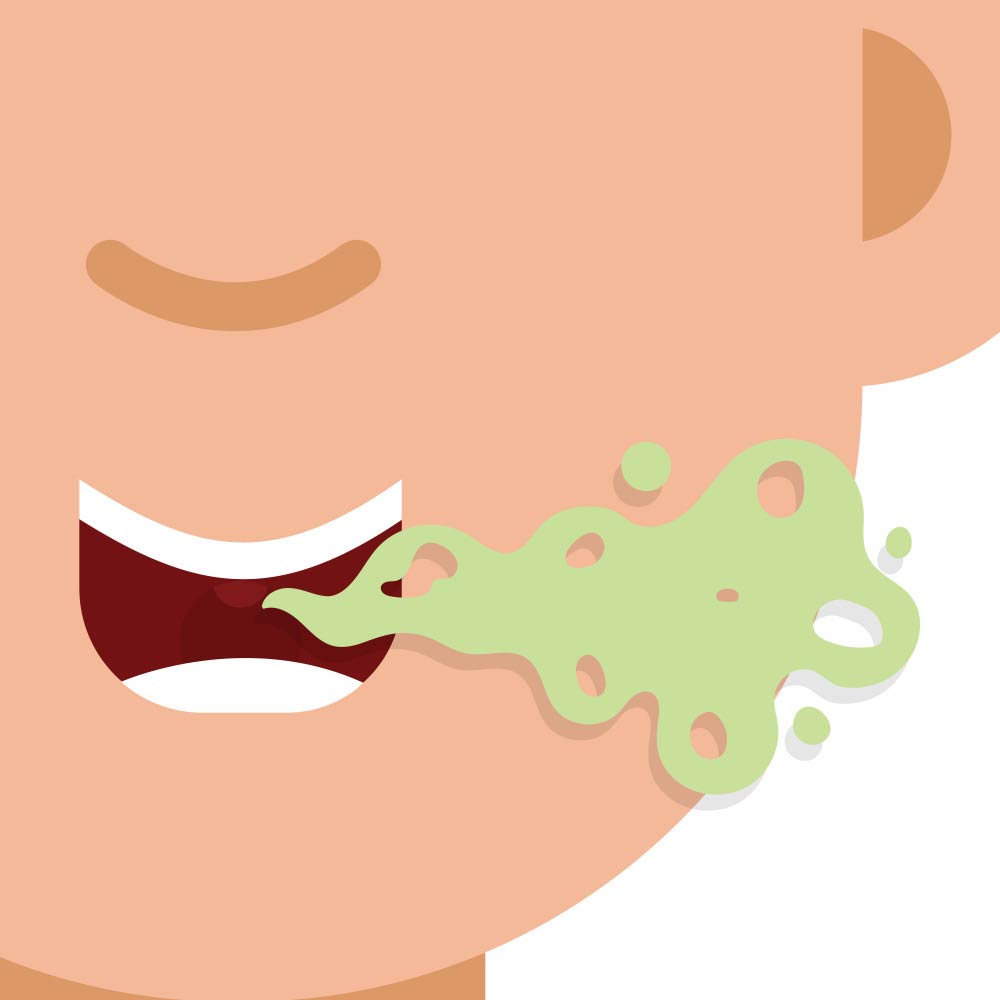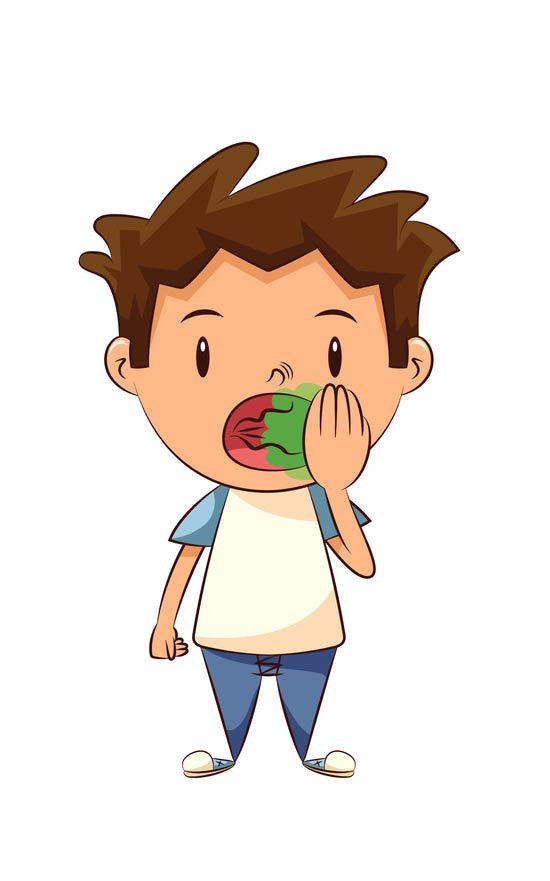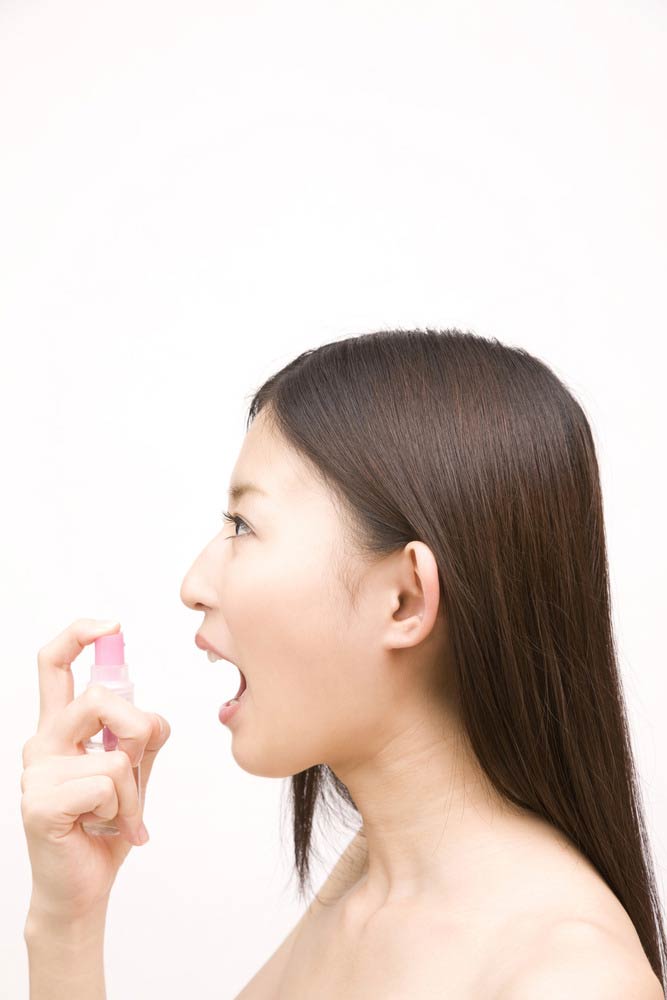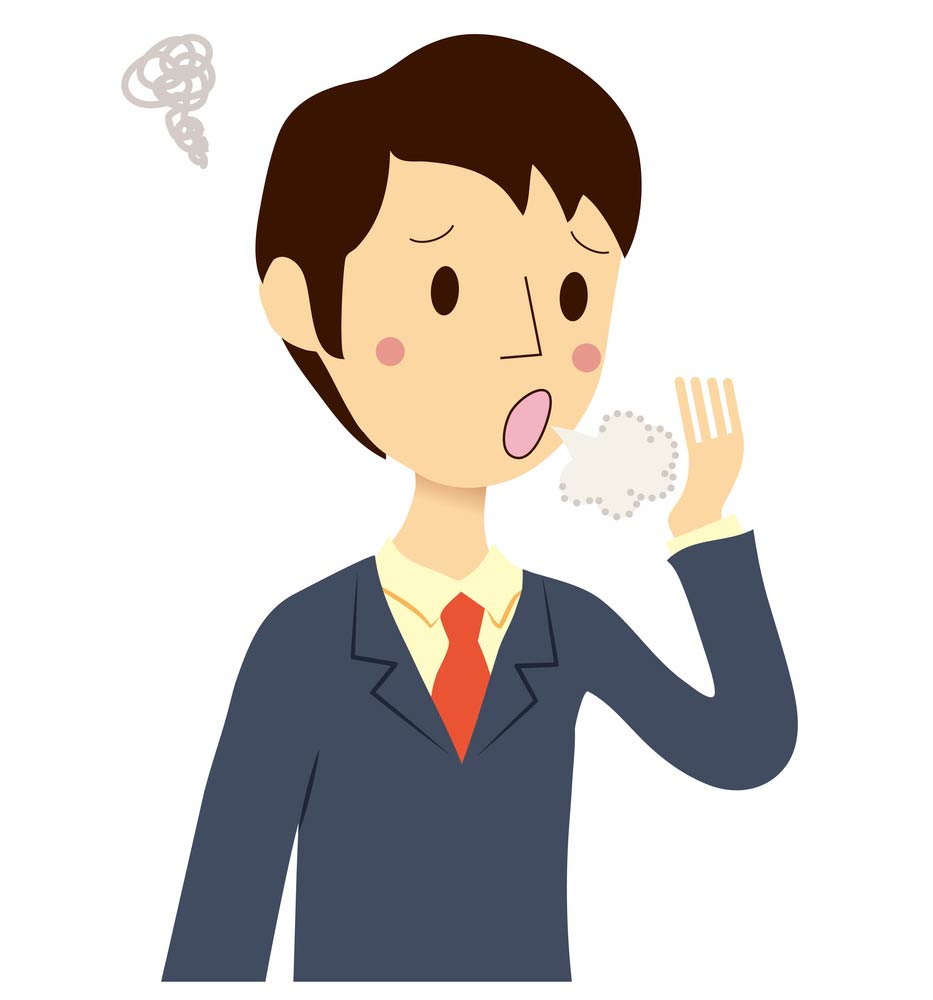Let’s face it—bad breath (also known as halitosis) is something nobody wants to talk about, but almost everyone experiences. Whether it’s morning breath, after-coffee breath, or a chronic issue that sticks around no matter what you do, it can take a serious toll on your confidence.
If you’ve already tried mouthwash, mints, or even changing your diet—and still struggle with persistent odor—it’s time to go deeper. In this post, we’ll break down the real causes of bad breath, why some remedies don’t work, and proven ways to beat it for good.

What Actually Causes Bad Breath?
To fix bad breath, you first need to understand what’s causing it. It’s not always about what you ate—often, it comes down to bacteria.
Here are the top culprits behind persistent halitosis:
- Bacteria buildup on the tongue and teeth
- Poor oral hygiene leading to plaque and tartar
- Dry mouth, which allows bacteria to thrive
- Gum disease, a major (and often overlooked) source of odor
- Diet (e.g., garlic, onions, alcohol, high-protein foods)
- Medical conditions, including acid reflux, diabetes, or tonsil stones
- Smoking and tobacco use, which dry the mouth and introduce strong smells
Why Mouthwash and Mints Don’t Solve the Problem
Many people try to cover up bad breath with minty gum, breath sprays, or alcohol-based mouthwash. While these can give a temporary fresh feeling, they don’t address the source.
In fact, alcohol-based mouthwashes can dry out your mouth, making the problem worse in the long run. Think of them as a band-aid—useful occasionally, but not a long-term fix.
To truly beat bad breath, you need to treat the source, not mask the symptom.


Step 1: Master the Basics (Properly)
If you’ve struggled with halitosis for a while, it’s worth revisiting your core oral hygiene routine. Even if you brush twice a day, you might be missing key steps.
- Brush your teeth twice a day for two minutes
Use fluoride toothpaste and pay special attention to the back molars and gumline. - Clean your tongue—every day
The tongue harbors millions of bacteria. Use a tongue scraper or brush your tongue gently from back to front. This is one of the most effective ways to reduce odor-causing compounds. - Floss once a day
Flossing removes trapped food and bacteria between your teeth—areas your brush can’t reach. - Use a non-alcoholic mouthwash
Look for mouthwashes with chlorhexidine, zinc, or cetylpyridinium chloride—ingredients that kill bacteria, not just mask smells.
Step 2: Stay Hydrated and Fight Dry Mouth
Saliva is your mouth’s natural defense against bacteria. A dry mouth (xerostomia) allows odor-producing bacteria to thrive.
Tips to fight dry mouth:
- Drink water consistently throughout the day
- Chew sugar-free gum (especially with xylitol) to stimulate saliva
- Use a humidifier if you sleep with your mouth open
- Avoid alcohol, caffeine, and tobacco, which dry the mouth
- Ask your dentist about saliva substitutes or prescription mouth rinses if dry mouth is chronic


Step 3: Rule Out Gum Disease
Persistent bad breath, even with good hygiene, may signal gum disease (periodontal disease). This condition causes deep pockets between teeth and gums, where bacteria accumulate and release foul-smelling gases.
Warning signs:
- Bleeding gums
- Gum recession
- Loose teeth
- Bad taste in your mouth
- White film along gumline
Treatment typically involves a professional cleaning or deep scaling and root planing to remove bacteria below the gumline.
Pro tip: Visit your dentist every 6 months—or sooner if you suspect gum problems.
Step 4: Watch What You Eat (and When)
Certain foods are notorious for lingering odors. But your overall diet and eating habits also affect your breath.
Foods to watch:
- Garlic and onions (contain sulfur compounds)
- Coffee and alcohol (dry out your mouth)
- High-protein/low-carb diets (can lead to “keto breath”)
- Sugary foods (feed bacteria)
What helps:
- Crunchy fruits and veggies (apples, celery) naturally clean teeth
- Green tea (antibacterial compounds)
- Parsley and mint (natural breath fresheners)
- Yogurt with probiotics (may reduce sulfur compounds)
Also, avoid skipping meals—this reduces saliva flow and contributes to dry mouth and odor.


Step 5: Check for Non-Oral Causes
If you’ve tried everything and still have bad breath, it might not be your mouth at all. Some medical conditions can cause halitosis, including:
- Sinus infections or postnasal drip
- Acid reflux (GERD)
- Diabetes (especially uncontrolled)
- Liver or kidney disease
- Tonsil stones
In these cases, treating the underlying condition is key. If your dentist rules out oral issues, consider seeing a primary care doctor or ENT specialist.
Step 6: Upgrade Your Routine with Pro Help
For stubborn cases, don’t go it alone. Ask your dentist about:
- Professional breath tests that measure sulfur compounds
- Prescription mouth rinses (antimicrobial or pH-balancing)
- Dental cleanings that target deep plaque and tartar
- Custom oral care plans based on your unique needs
Many dental clinics now offer halitosis treatment as a specialized service.

Final Thoughts: You Don’t Have to Live with Bad Breath
Bad breath can be frustrating, embarrassing, and even isolating—but it’s treatable. The key is to stop masking it and start understanding it.
Whether it’s a simple case of poor hygiene or a sign of something deeper, your breath is your body’s way of telling you something. With the right habits, tools, and professional guidance, you can freshen your breath permanently—and breathe easy again.
If you are in Round Rock, TX, and looking for the best place to ensure a stress-free and comfortable dental experience for your child, Mayfield Ranch “Dental” is the top choice.
